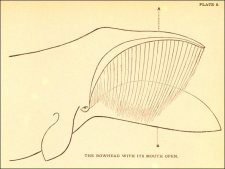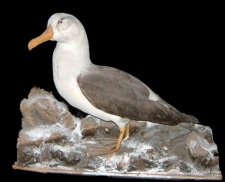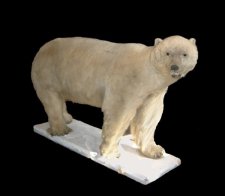| The Peterhead whaling trade |
|
David Gray - Naturalist |
David Gray - naturalist and scientist
Whaling captains were expected not only to kill seals and whales but also to learn a and record as much as they could about their behaviour and status. David Gray, had an inquisitive mind and took to zoological studies with a particular zeal, and became a leading expert on Arctic matters, gathering data and collecting zoological specimens and Inuit (Eskimo) artifacts. Many of these are still on public display in Aberdeenshire Council's Arbuthnot Museum in Peterhead and in the British Museum, Natural History, in South Kensington, London. Frank Buckland, the David Bellamy of his day, met David Gray in Peterhead in the summer of 1870. This was the start of a long and fruitful friendship and collaboration. Of particular note was their campaign to introduce a degree of management and animal welfare into the sealing industry. At the time over 150,000 seals were being killed each year and it was clear to Gray and Buckland that this was unsustainable. In particular they saw the need for a close season so that the young of the year could become independent before the slaughter of the adults began.
Buckland addressed the Society for the Prevention of Cruelty to Animals at their jubilee meeting on July 22, 1874. Gray, meanwhile, presented a case for presentation to Parliament, including the following eyewitness evidence:
In 1876 an international close season was instigated to prevent the slaughter of seals before the third of April. This was a great achievement by Buckland and Gray but in reality it was next to impossible to implement and to police and the seal stocks continued to decline. |



